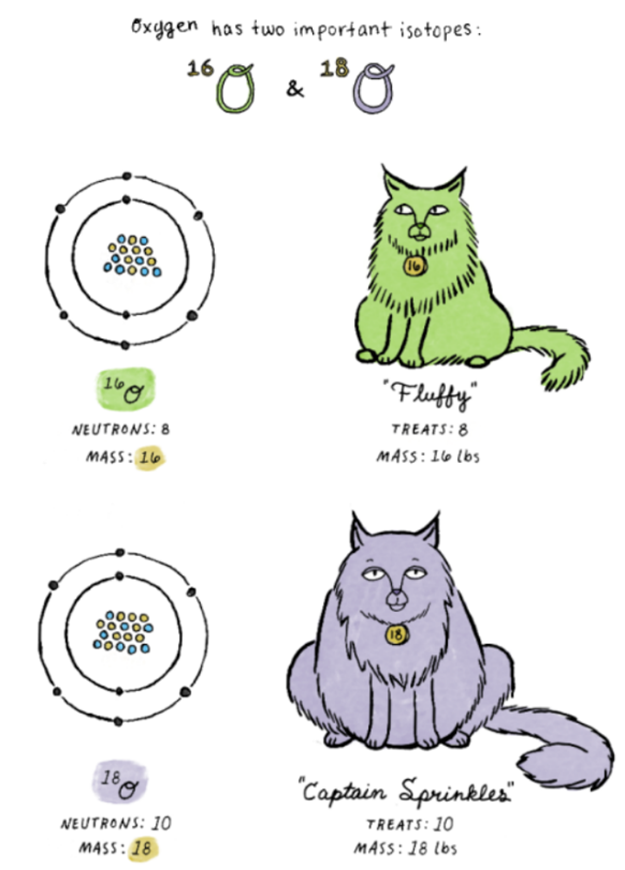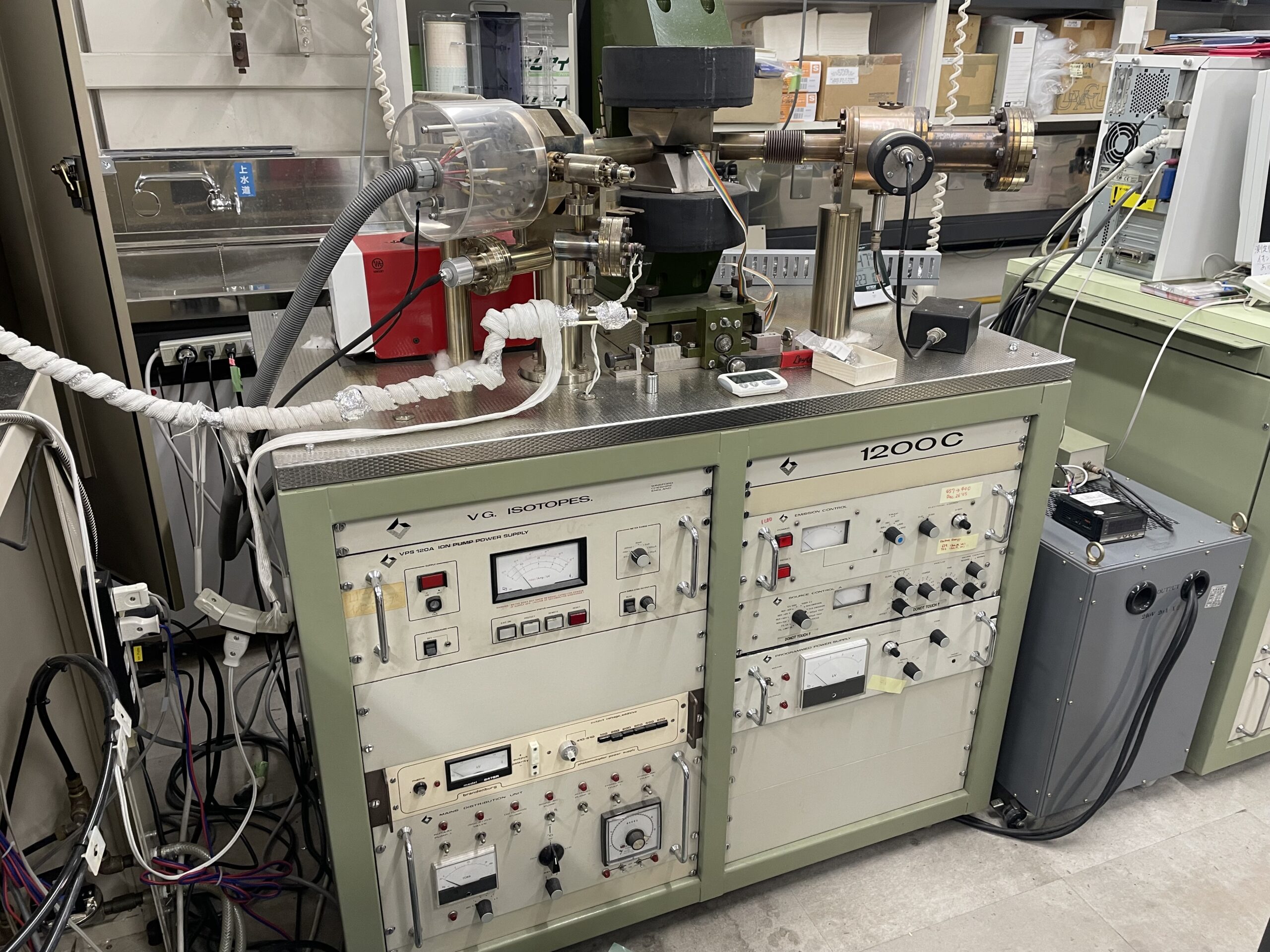Filter results
Blog archive
Author archive
-

What’s the deal with lithium?
Part 1: Applications and Geological Significance This is the first part in a two-part series about lithium – so get excited! In this first segment we provide an overview of where lithium comes from, how we use it and why it’s important, and of course its significance in answering geological questions. What is Lithium? To
-

Do Mass Spectrometers go to heaven: Can you recycle an Isotope Ratio MS?
This may be upsetting to some of our readers, but the reality is no mass spectrometer can produce data forever (*sobbing into labcoat*). While this can be difficult to accept, rest assured that it’s not over for your geochemically enthusiastic instrument… in fact it’s just the beginning! Here we explore exactly what parts of our
-

Isotopes 101
When we talk about our instrumentation, it’s with the goal of measuring various isotopes… but not all isotopes are created (or destroyed) equally! This is a summary of isotopes in terms of longevity, abundance, and elemental behavior. When people think of isotopes they often think of nuclear plants… but what makes certain isotopes useful for
-

Isotope Ratio MS – Do Looks Matter?
I sometimes attend product development meetings at Isotopx. The subject of instrument design, by which I mean the “aesthetic values” of our products are quite often a subject of discussion. If you know your historic isotope ratio instruments, you’ll know that until relatively recently they been a triumph of function over form, with sometimes an
-

Why are some mass spectrometers Dual Use?
If you work in the Earth sciences, as many of our users do, then you probably don’t come across the term “Dual Use” very often, if at all. Yet for the vendors that supply this community, it is a very significant term and has a large effect on where we supply our instruments to. I
-

ATONA Technology – would it work on other instruments?
If you have been following my blogs or have taken an interest in detector technologies, then you probably know about ATONA technology already. If you’re not familiar, then for a short overview try here. In brief, ATONA is a Faraday amplifier system that avoids many of the major disadvantages of traditional resistor-based amplifier systems, in
-

The mass spectrometers built to last!
I’m recently back from a sales trip to China and Japan, and several things struck me whilst travelling. First was the pace of change, especially in China – where the level of visible wealth has increased significantly, in the cities I visited at least. The second thing was the number of old but well-maintained noble
-

Cultural mishaps of a mass spectrometrist
At the time of writing this blog it’s only a couple of weeks until I head out on a business trip to China and Japan. Although I used to travel a bit when I was younger, it doesn’t happen so much these days, especially in the last three years (for the unmentionable reason). But I
-

Who would be an installation engineer?
In the world of analytical instrumentation, it’s quite a well-trodden path to move from test and installation engineering to marketing, sales or product management. It’s the route that I took myself, along with a number of my colleagues here at Isotopx. But why does this happen so commonly, what is it about test and installation
-

Should I consider leaving academia for the commercial world?
Many of our customers, past, present and future, are highly successful academics. Therefore, the question about consideration of a career in the commercial world is a contentious one at best. I’m guessing that the majority of people in our sphere that see the abovementioned question will have a pretty clear answer in mind. But there










